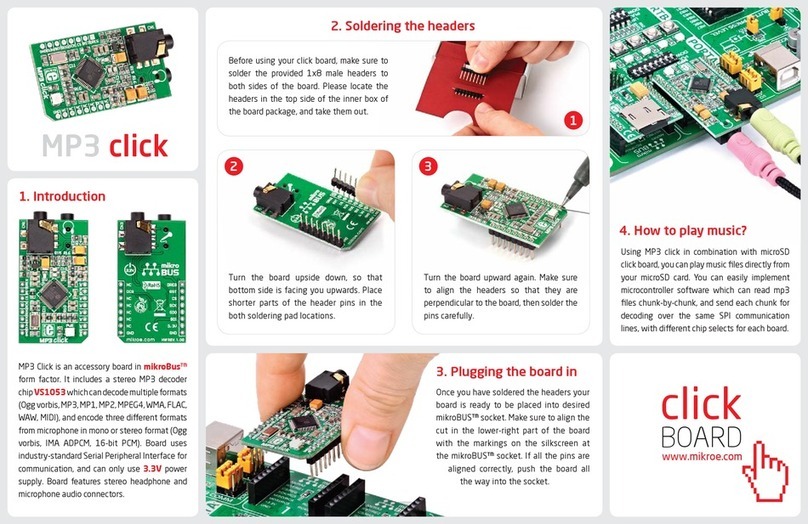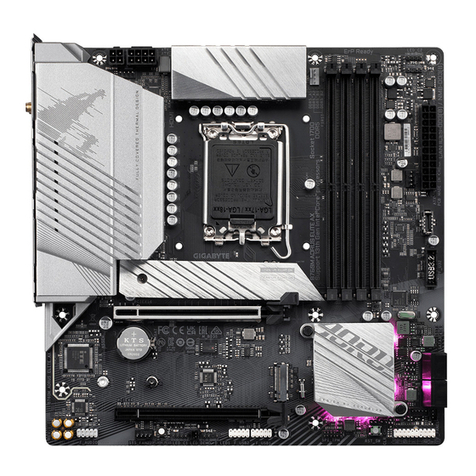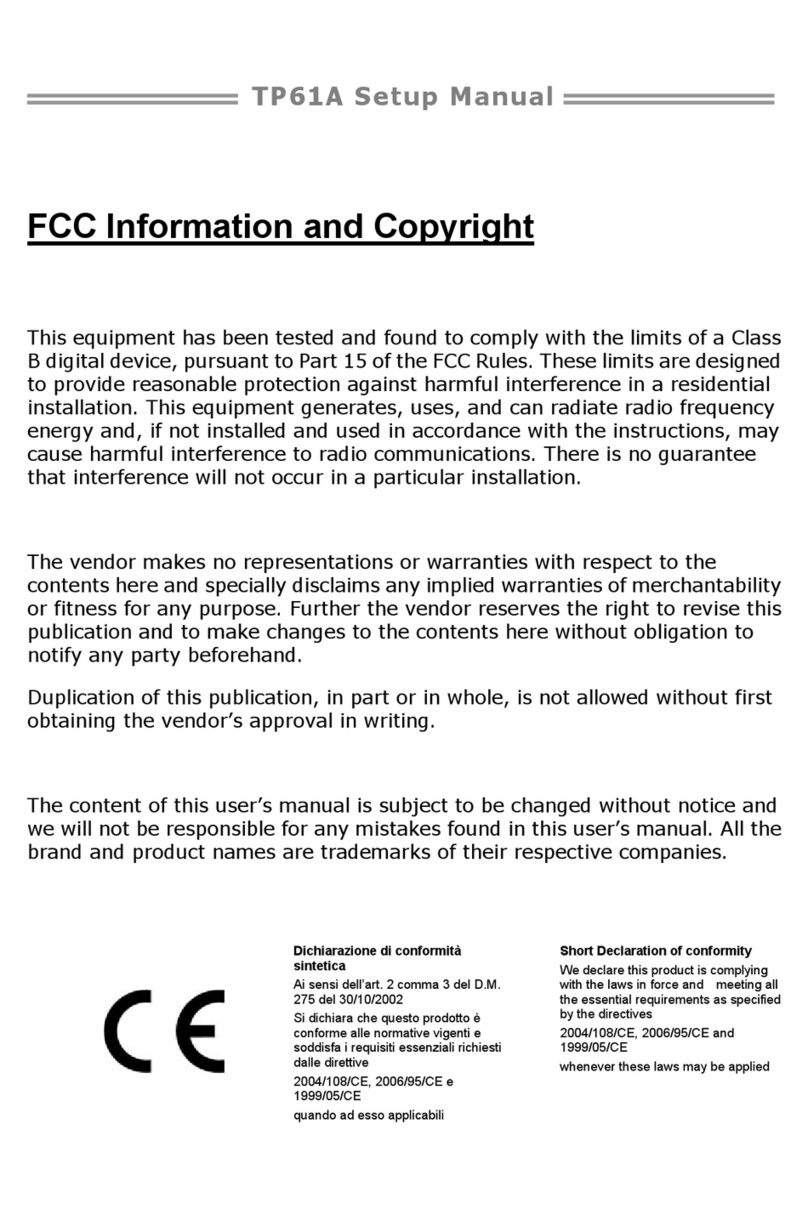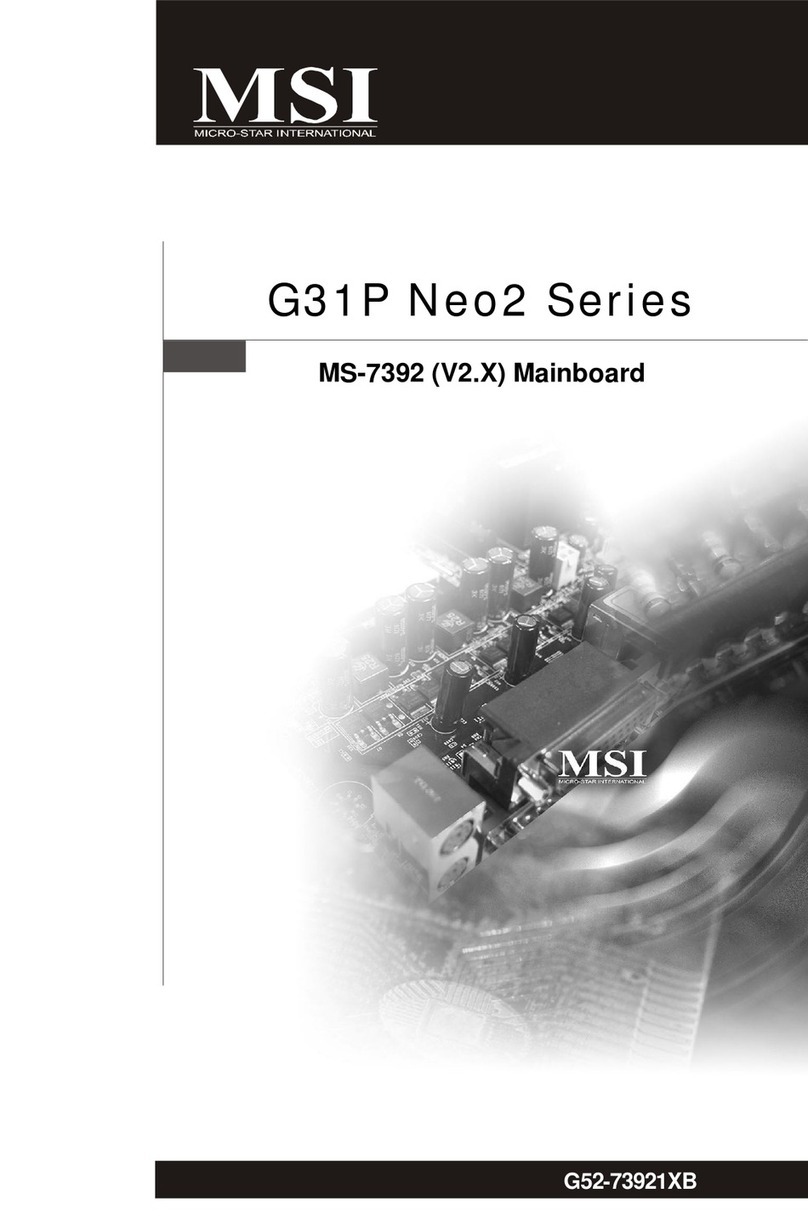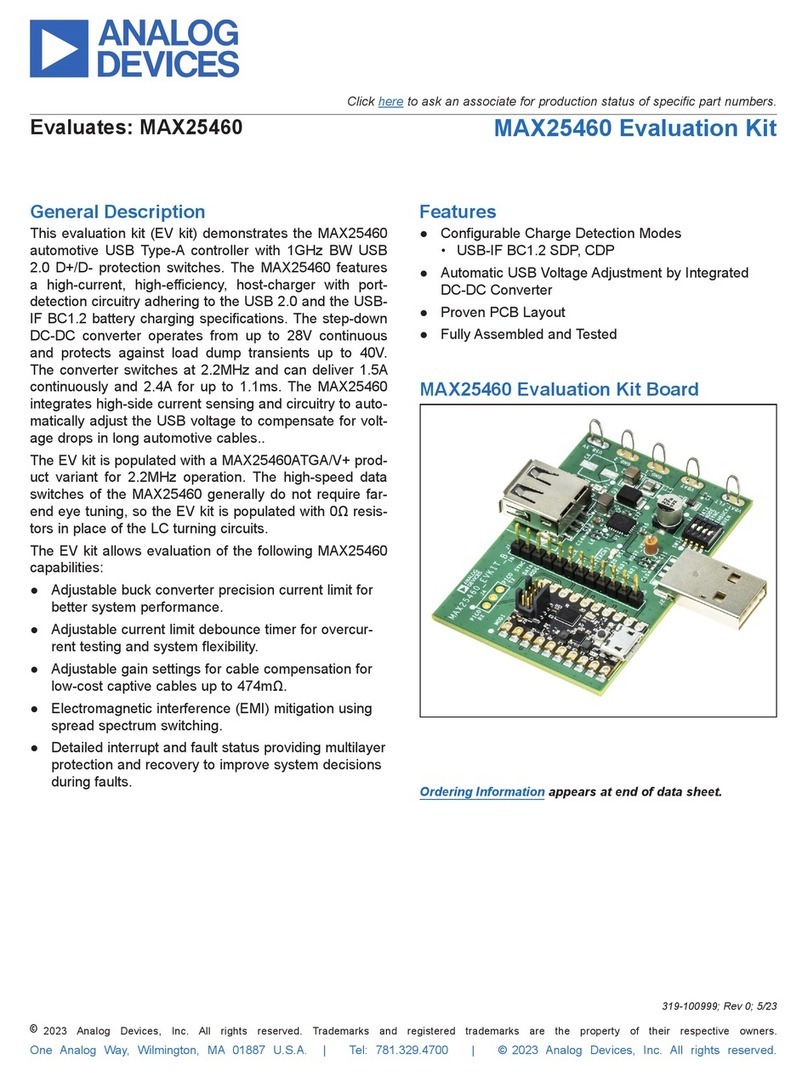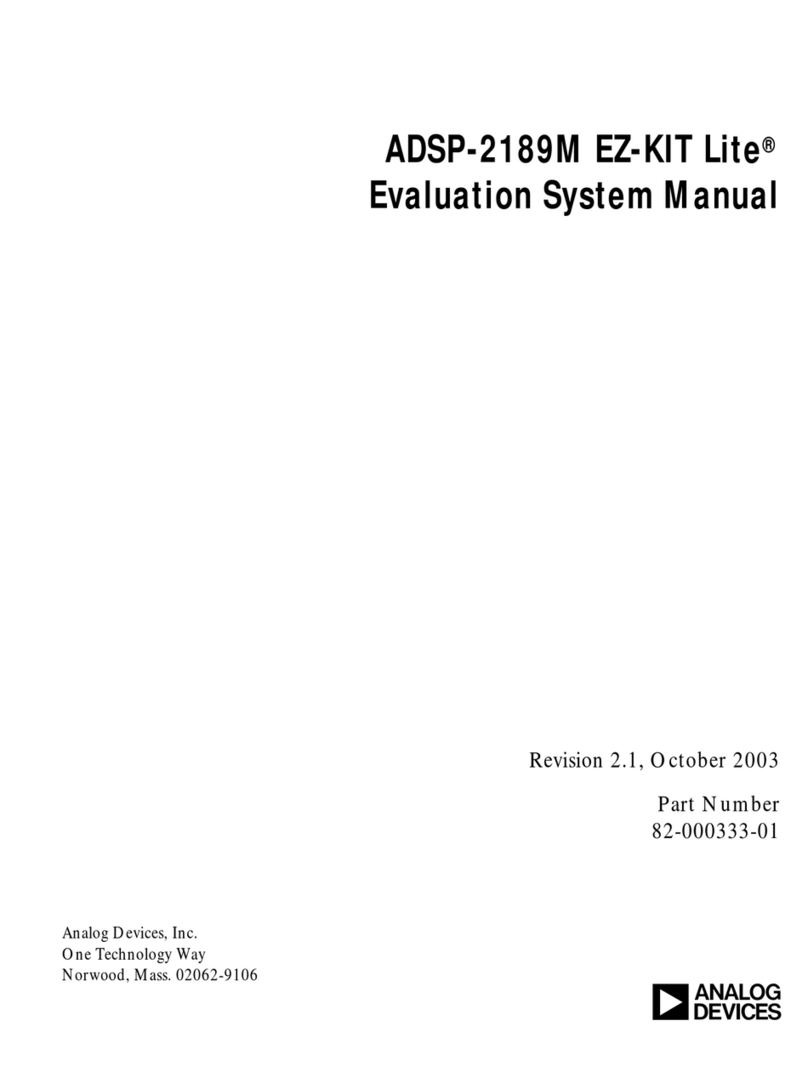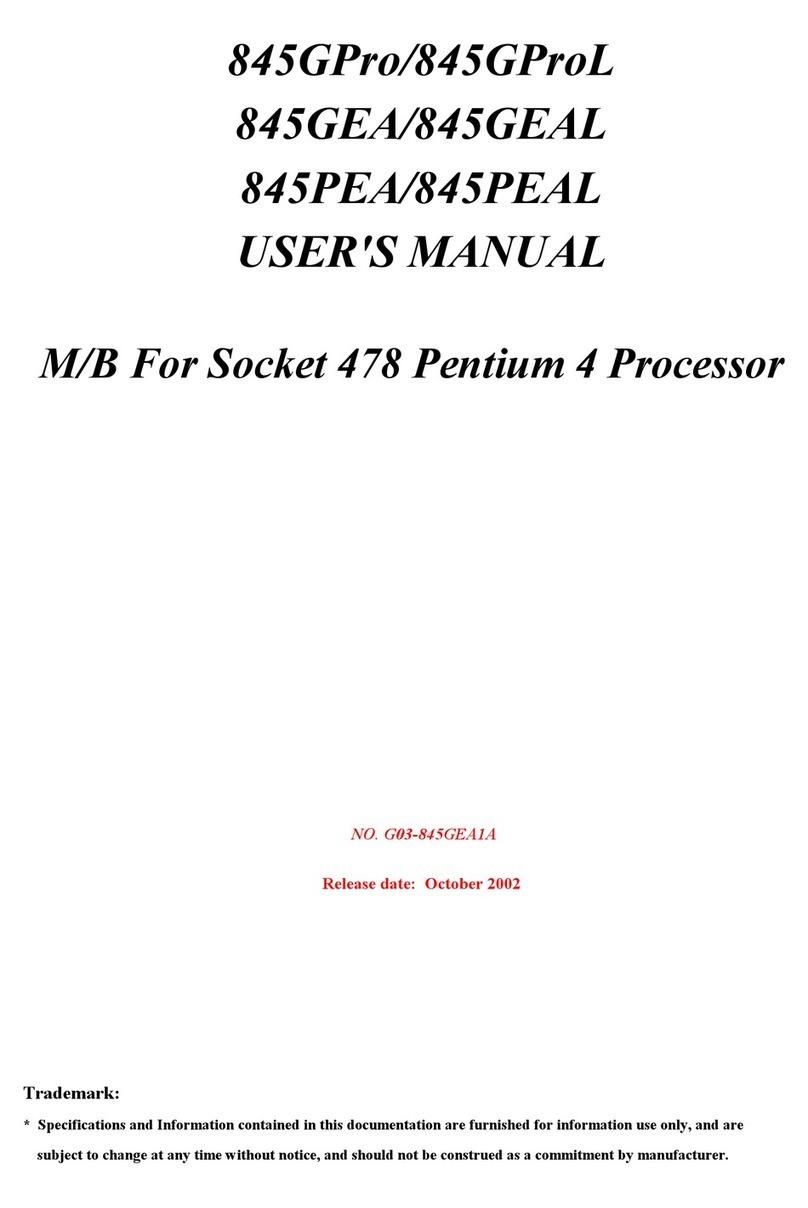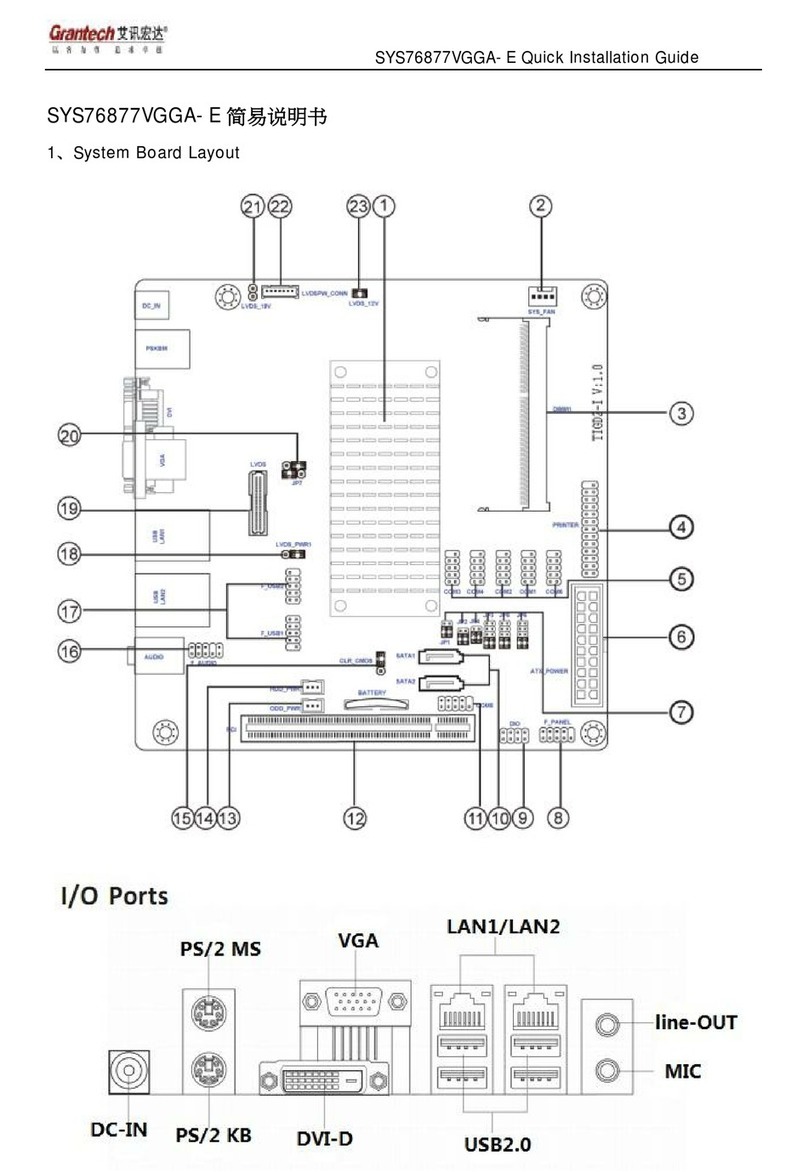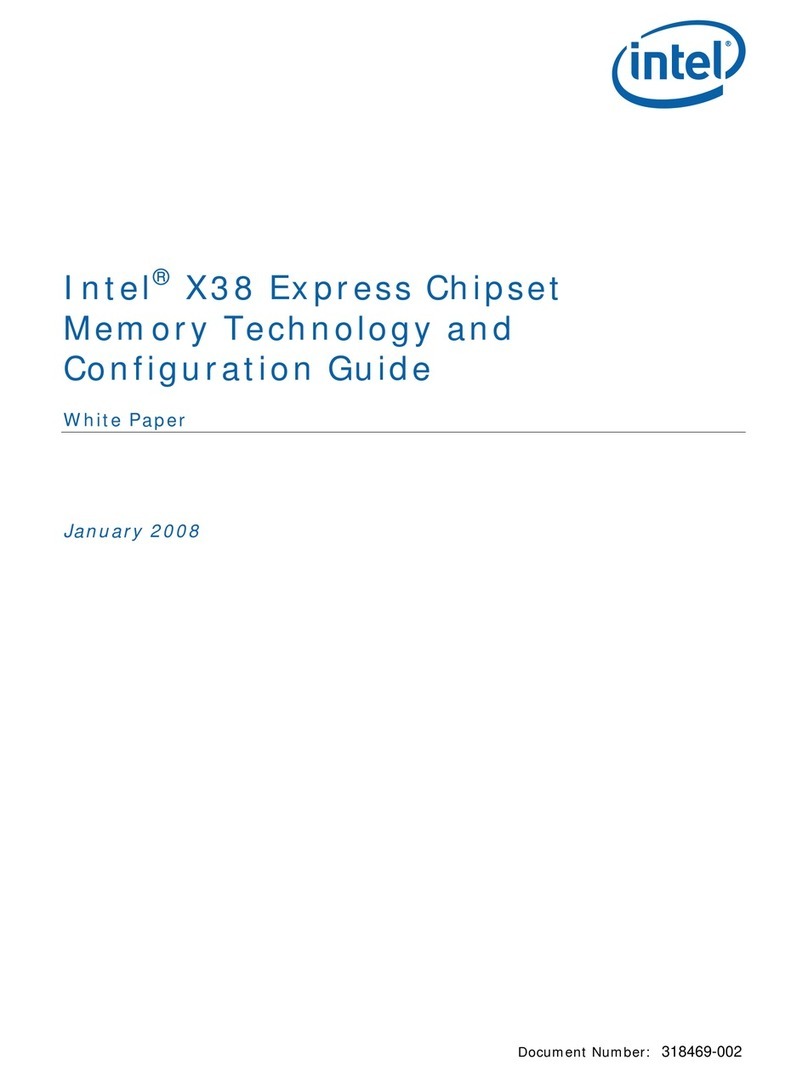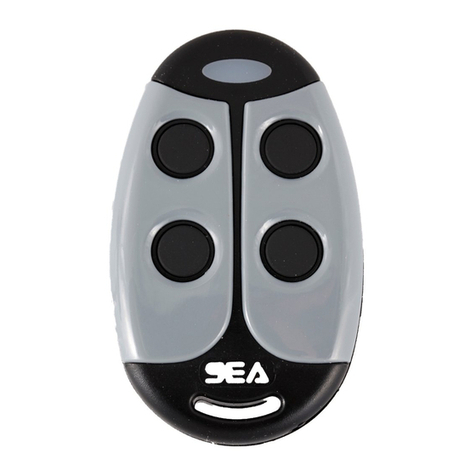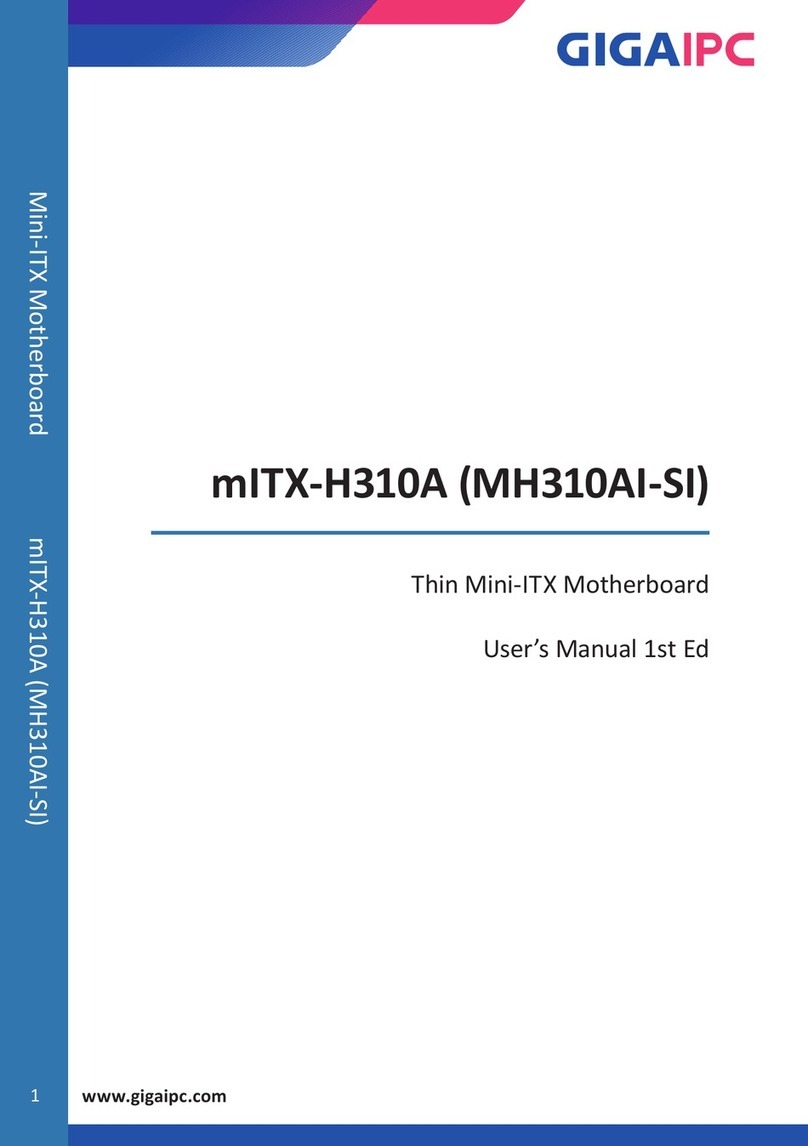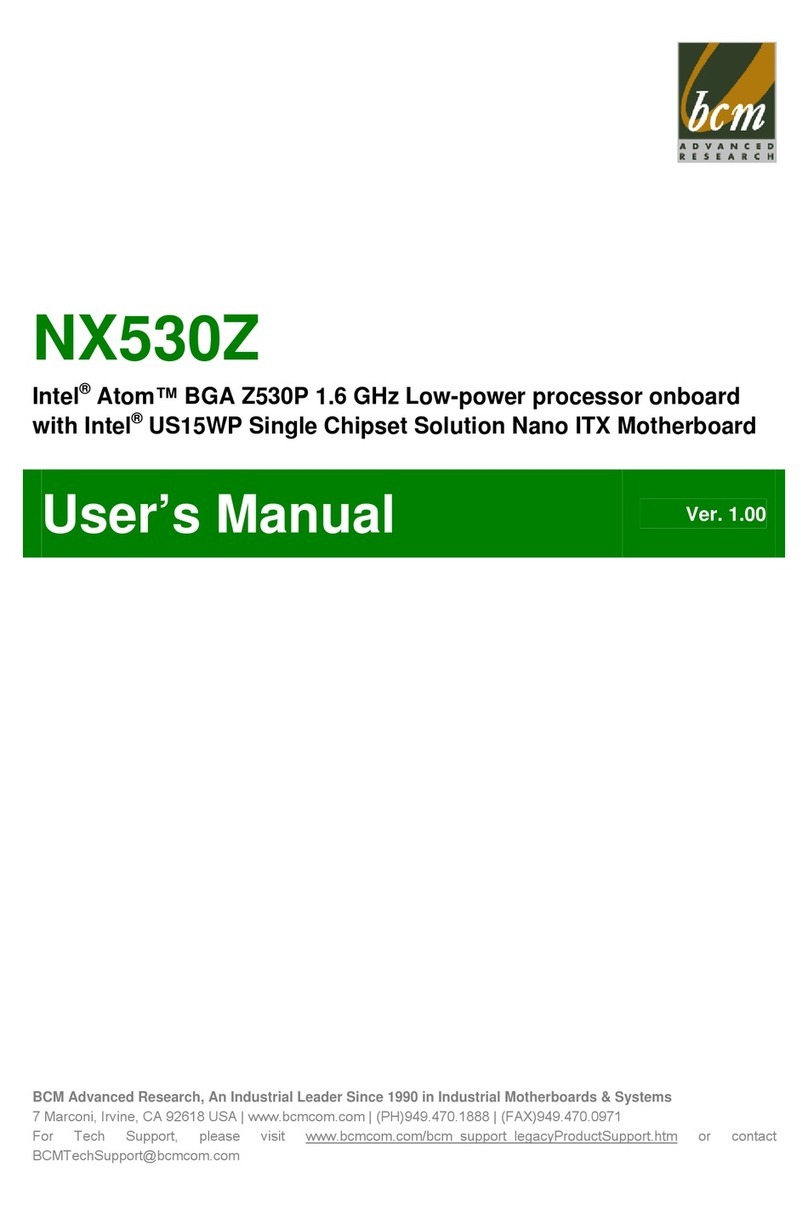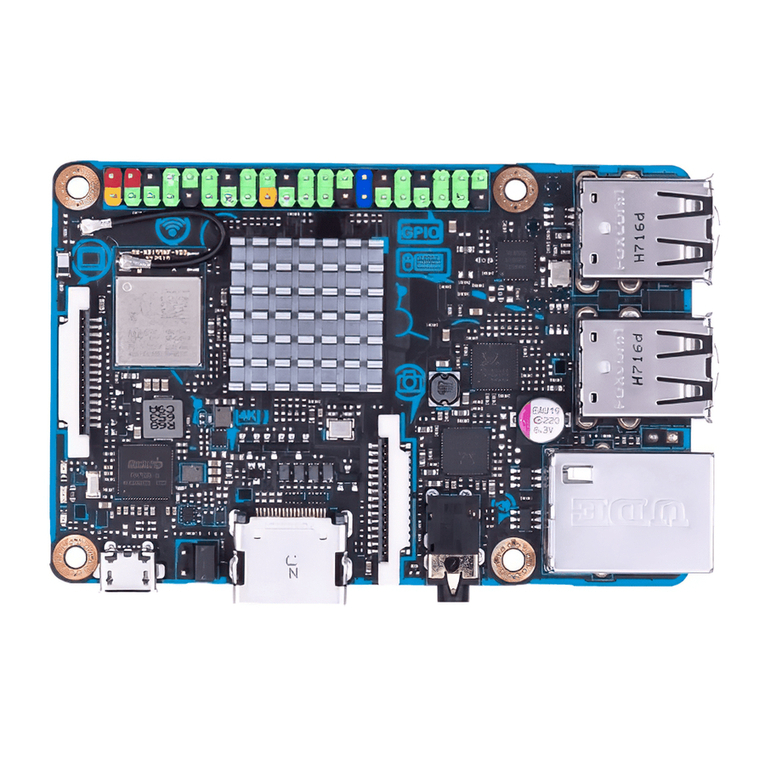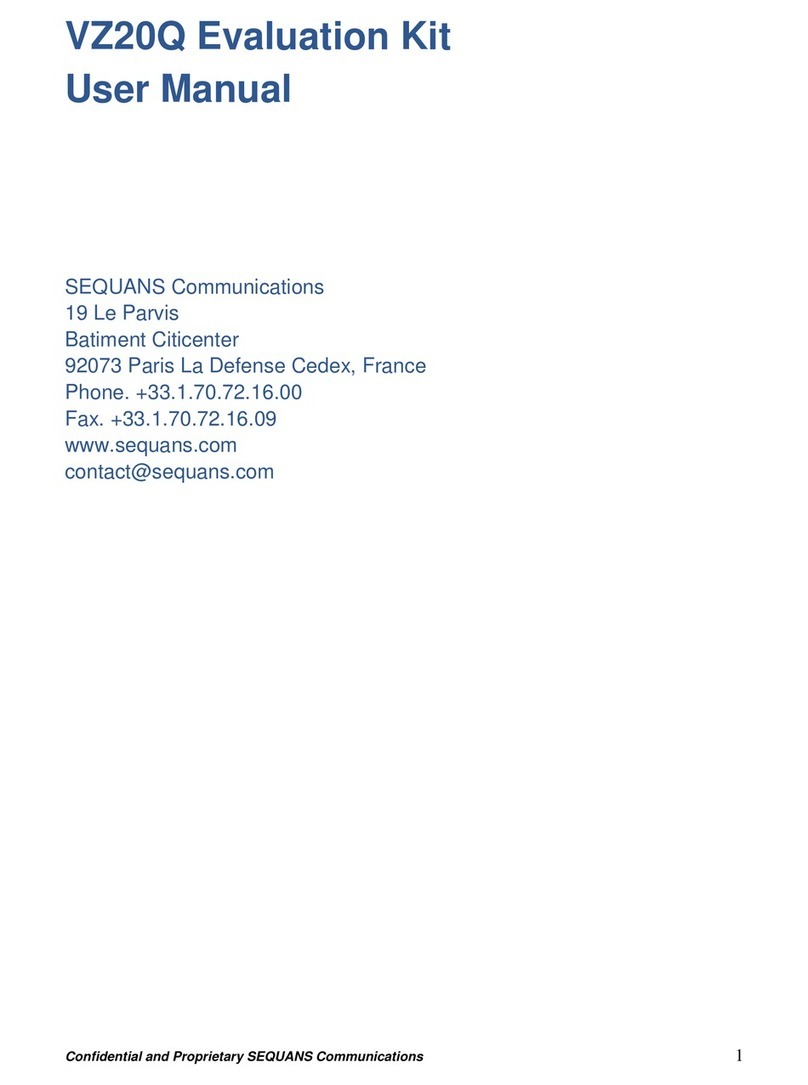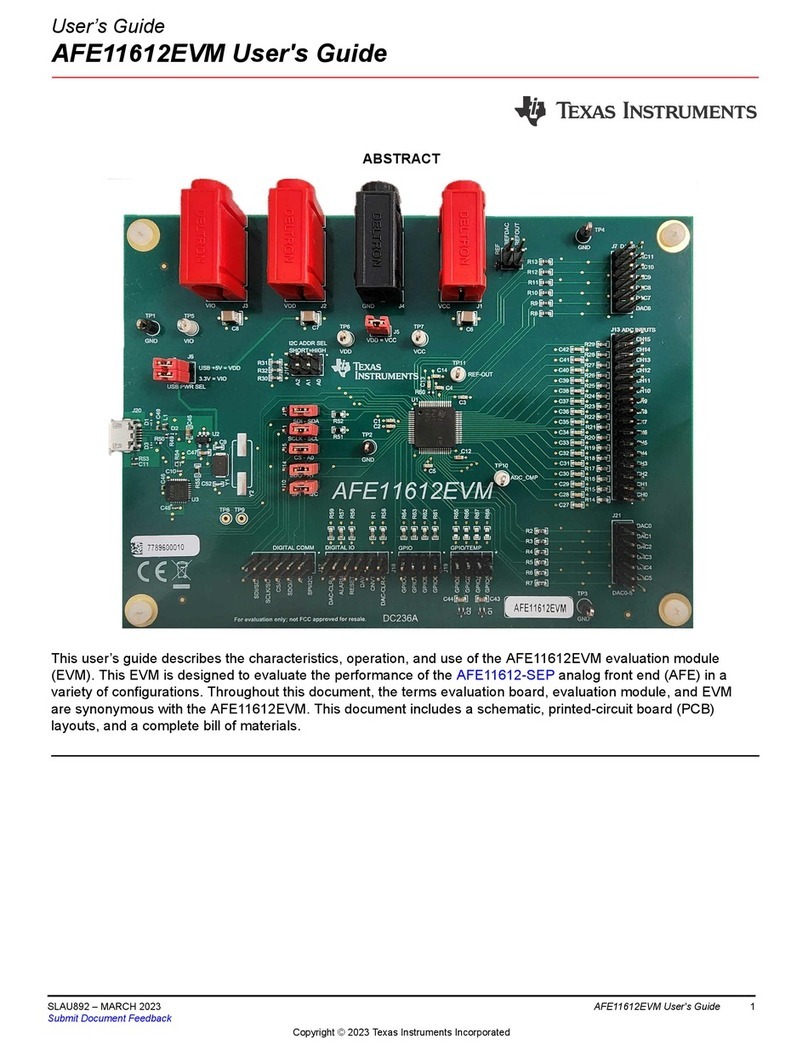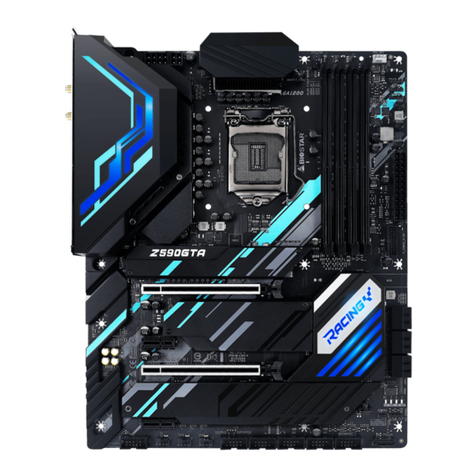Heinzmann Programmer 2 User manual

Heinzmann GmbH & Co. KG
Engine & Turbine Controls
Am Haselbach 1
D-79677 Schönau (Schwarzwald)
Germany
Phone +49 7673 8208-0
Fax +49 7673 8208-188
www.heinzmann.com
V.A.T. No.: DE145551926
HEINZMANN®
Digital Speed Governors
Hand Held Programmer
Programmer 2
Copyright 2007 by Heinzmann GmbH & Co. KG. All rights reserved. This document may not be reproduced or handed on to third parties.
Manual DG 95 106-e / 07-07


Read this entire manual and all other publications appertaining to the
work to be performed before installing, operating or servicing your
equipment.
Practice all plant and safety instructions and precautions.
Failure to follow instructions may result in personal injury and/or
damage to property.
HEINZMANN will refuse all liability for injury or damage which
results from not following instructions
Please note before commissioning the installation:
Before starting to install any equipment, the installation must have been
switched dead!
Be sure to use cable shieldings and power supply connections meeting
the requirements of the European Directive concerning EMI.
Check the functionality of the existing protection and monitoring
systems.
To prevent damages to the equipment and personal injuries, it is
imperative that the following monitoring and protection systems
have been installed:
Overspeed protection acting independently of the speed governor
Overtemperature protection
HEINZMANN will refuse all liability for damage which results from
missing or insufficiently working overspeed protection
Generator installation will in addition require:
Overcurrent protection
Protection against faulty synchronization due to excessive frequency,
voltage or phase differences
Reverse power protection
Overspeeding can be caused by:
Failure of the voltage supply
Failure of the actuator, the control unit or of any accessory device
Sluggish and blocking linkage
Warning
Danger
Danger
Danger!
High
Voltage
Danger

Electronically controlled injection (MVC) will in addition require
to observe the following:
With Common Rail systems a separate mechanical flow limiter must
be provided for each injector pipe.
With Pump-Pipe-Nozzle (PPN) and Pump Nozzle (PNE) systems fuel
release may be enabled only by the movement of control piston of the
solenoid valve. This is to inhibit fuel from being delivered to the
injection nozzle in case of seizure of the control piston.
The examples, data and any other information in this manual are
intended exclusively as instruction aids and should not be used in any
particular application without independent testing and verification by
the person making the application.
Independent testing and verification are especially important in any
application in which malfunction might result in personal injury or
damage to property.
HEINZMANN make no warranties, express or implied, that the
examples, data, or other information in this volume are free of error,
that they are consistent with industry standards, or that they will meet
the requirements for any particular application.
HEINZMANN expressly disclaim the implied warranties of
merchantability and of fitness for any particular purpose, even if
HEINZMANN have been advised of a particular purpose and even if a
particular purpose is indicated in the manual.
HEINZMANN also disclaim all liability for direct, indirect, incidental
or consequential damages that result from any use of the examples,
data, or other information contained in this manual.
HEINZMANN make no warranties for the conception and engineering
of the technical installation as a whole. This is the responsibility of the
user and of his planning staff and specialists. It is also their
responsibility to verify whether the performance features of our devices
will meet the intended purposes. The user is also responsible for correct
commissioning of the total installation.
Warning
Warning
Danger

Contents
Programmer PG 02
Contents
Page
1 Safety Instructions and Related Symbols ........................................................................... 1
1.1 Basic Safety Measures for Normal Operation................................................................. 2
1.2 Basic Safety Measures for Servicing and Maintenance .................................................. 2
1.3 Before Putting an Installation into Service after Maintenance and Repair Works ......... 3
2 General ................................................................................................................................... 4
2.1 General System Description............................................................................................ 4
2.2 Further Informations........................................................................................................4
2.3 Parameter Lists ................................................................................................................ 6
2.4 Levels .............................................................................................................................. 8
3 Parameterization of HEINZMANN Speed Governors ...................................................... 9
3.1 Possibilities of Parameterization ..................................................................................... 9
3.2 Saving Data ................................................................................................................... 10
3.3 DcDesk 2000 ................................................................................................................. 10
3.4 Parameter Value Ranges................................................................................................ 11
3.5 Activation of Functions ................................................................................................. 12
3.6 Parameterization of Characteristics............................................................................... 12
3.7 Parameterization of Maps.............................................................................................. 13
3.8 Reset of Control Unit..................................................................................................... 14
4 Starting the Engine.............................................................................................................. 15
5 Configuring the Governor with the Hand Held Programmer ........................................ 20
5.1 The Display Panel.......................................................................................................... 21
5.2 The Control Panel.......................................................................................................... 22
5.2.1 The Standard Functions ......................................................................................... 22
5.2.2 The Second Functions............................................................................................ 24
5.2.3 Special Functions................................................................................................... 25
5.2.3.1 Engine Stop .................................................................................................... 25
5.2.3.2 Saving Values in the Governor ...................................................................... 25
5.2.3.3 Data Transfer Governor →Hand Held Programmer→Governor ................ 26
5.2.3.4 Data TransferPC →Hand Held Programmerr →PC .................................... 27
5.2.3.5 Error Memory ................................................................................................ 27
5.2.3.6 Data Blocks .................................................................................................... 27
5.2.3.7 Automatic Adjustment of Actuator................................................................ 28
5.3 Parameter Selection ....................................................................................................... 28
5.3.1 Entering Parameter Numbers................................................................................. 28
5.3.2 Selection by Arrow Keys....................................................................................... 28

Contents
Programmer PG 02
5.4 Changing Values ........................................................................................................... 29
5.4.1 Entering Values ..................................................................................................... 29
5.4.2 Changing Values Directly...................................................................................... 29
5.5 User Masks .................................................................................................................... 30
5.5.1 General................................................................................................................... 30
5.5.2 Activating and Deactivating the User Mask.......................................................... 30
5.5.3 Creating and Deleting User Masks ........................................................................ 30
6 Data Management ............................................................................................................... 31
6.1 Serial Number of Control Unit ...................................................................................... 31
6.2 Identification of Control ................................................................................................ 31
6.3 Identification of PC Programme / Hand Held Programmer .......................................... 32
7 Error Handling.................................................................................................................... 33
7.1 General .......................................................................................................................... 33
7.2 Error Memories ............................................................................................................. 35
7.3 Emergency Shutdown Errors......................................................................................... 35
7.4 Error Parameter List ...................................................................................................... 36
8 Order Specifications for Manuals...................................................................................... 49

1 Safety Instructions and Related Symbols
Programmer PG 02 1
1Safety Instructions and Related Symbols
This publication offers wherever necessary practical safety instructions to indicate inevitable
residual risks when operating the engine. These residual risks imply dangers to
persons
product and engine
environment.
The symbols used in this publication are in the first place intended to direct your attention to
the safety instructions!
This symbol is to indicate that there may exist dangers to the engine, to
the material and to the environment.
This symbol is to indicate that there may exist dangers to persons.
(Danger to life, personal injury).
This symbol is to indicate that there exist particular danger due to
electrical high tension. (Mortal danger).
This symbol does not refer to any safety instructions but offers important notes for
better understanding the functions that are being discussed. They should by all
means be observed and practiced. The respective text is printed in italics.
The primary issue of these safety instructions is to prevent personal injuries!
Whenever some safety instruction is preceded by a warning triangle labelled “Danger” this is
to indicate that it is not possible to definitely exclude the presence of danger to persons,
engine, material and/or environment.
If, however, some safety instruction is preceded by the warning triangle labelled “Caution”
this will indicate that danger of life or personal injury is not involved.
The symbols used in the text do not supersede the safety instructions. So please do not
skip the respective texts but read them thoroughly!
Warning
Dan
g
er
Danger!
High
V
olta
g
e
Note

1 Safety Instructions and Related Symbols
2 Programmer PG 02
In this publication the Table of Contents is preceded by diverse instructions that
among other things serve to ensure safety of operation. It is absolutely imperative
that these hints be read and understood before commissioning or servicing the
installation.
1.1 Basic Safety Measures for Normal Operation
•The installation may be operated only by authorized persons who have been duly
trained and who are fully acquainted with the operating instructions so that they are
capable of working in accordance with them.
•Before turning the installation on please verify and make sure that
- only authorized persons are present within the working range of the engine;
- nobody will be in danger of suffering injuries by starting the engine.
•Before starting the engine always check the installation for visible damages and make
sure it is not put into operation unless it is in perfect condition. On detecting any faults
please inform your superior immediately!
•Before starting the engine remove any unnecessary material and/or objects from the
working range of the installation/engine.
•Before starting the engine check and make sure that all safety devices are working
properly!
1.2 Basic Safety Measures for Servicing and Maintenance
•Before performing any maintenance or repair work make sure the working area of the
engine has been closed to unauthorized persons. Put on a sign warning that
maintenance or repair work is being done.
•Before performing any maintenance or repair work switch off the master switch of the
power supply and secure it by a padlock! The key must be kept by the person
performing the maintenance and repair works.
•Before performing any maintenance and repair work make sure that all parts of engine
to be touched have cooled down to ambient temperature and are dead!
•Refasten loose connections!
•Replace at once any damaged lines and/or cables!
•Keep the cabinet always closed. Access should be permitted only to authorized
persons having a key or tools.
•Never use a water hose to clean cabinets or other casings of electric equipment!

1 Safety Instructions and Related Symbols
Programmer PG 02 3
1.3 Before Putting an Installation into Service after Maintenance and Repair
Works
•Check on all slackened screw connections to have been tightened again!
•Make sure the control linkage has been reattached and all cables have been
reconnected.
•Make sure all safety devices of the installation are in perfect order and are working
properly!

2 General
4Programmer PG 02
2General
2.1 General System Description
The HEINZMANN Digitals Controls are designed as universal speed controls for diesel
engines, gas engines, and other prime movers. In addition to their basic purpose of
controlling speed, these governors are capable of performing a multitude of other tasks and
functions.
At the core of the control unit is a very fast and powerful microprocessor (CPU). The
controller programme itself based on which the microprocessor operates is permanently
stored in a so-called Flash-ROM.
Actual engine speed is measured by a magnetic pickup on the starter gear. For fail-safe
operation, either an additional speed pickup can be installed, or the control can use the
alternator signal from terminal W as a default speed signal. Thus, there will be no
interruption of operation if the first pickup should happen to fail.
Engine speed is set by one or more setpoint adjusters. These adjusters can be designed to
be analogue or digital ones. Further digital inputs permit to switch on functions or to
change over to other functions.
Furthermore, there are various sensors provided to feed the control all the data it needs to
adjust the engine's operating state. As an example, it is possible to have several
temperature and pressure signals transmitted from the engine.
The actuator regulating fuel supply to the engine is driven by a PWM signal. By this, both
two-quadrant actuators (working electrically one way) and four-quadrant actuators
(working electrically both ways) can be driven.
The control generates analogue and digital signals which are used to indicate the engine's
operating conditions or serve other purposes and functions. Communication with other
units is established via a serial interface and a CAN bus.
2.2 Further Informations
This manual contains mainly the description of programming the HEINZMANN governors
with the hand held programmer PG 02. The error handling is also discussed in detail.

2 General
Programmer PG 02 5
The functionality of the software, the speed governing in general, the specifications and
connections of the control electronics, sensors, setpoint adjusters and actuators are
described in detail in the manuals:
Basic Information for Digital Governors Level 6, Manual No.. DG 95 105 - e
Basic Information 2000 for Digital Governors Level 6, Manual No. DG 00 001 - e
Digital Basic System PRIAMOS I, Manual No. DG 93 101 - e
Digital Basic System PRIAMOS II, Manual No. DG 94 111 - e
Digital Basic System PRIAMOS III, Manual No. DG 95 111 - e
Digital Basic System PRIAMOS IV, Manual No. DG 96 004 - e
Digital Basic System PRIAMOS V, Manual No. DG 97 013 - e
Digital Basic System HELENOS I, Manual No. DG 93 102 - e
Digital Basic System HELENOS II, Manual No. DG 95 100 - e
Digital Basic System HELENOS III, Manual No. DG 96 005 - e
Digital Basic System HELENOS IV, Manual No. DG 96 003 - e
Digital Basic System HELENOS V, Manual No. DG 97 014 - e
Dual Fuel Operation, Manual No. DG 97 016 - e
The HEINZMANN Digital Controls are shipped tailored to custom requirements and have
been configured as far as possible at the factory. To execute an order properly it is
absolutely necessary for the customer to complete and return to HEINZMANN the
brochure
Order Information for Digital Controls, Manual No. DG 96 012-e.
The Sensors available from HEINZMANN are described in the manual
Product Overview Sensors, Manual No. E 99 001-e
The functionality of the communication programme DcDesk 2000 is described in the
manual
Operating Instructions Communication Programme DcDesk 2000,
Manual No. DG 00 003-e

2 General
6Programmer PG 02
2.3 Parameter Lists
In developing the HEINZMANN Digital Controls top priority was given to realizing a
combination of universal applicability and high grade functionality. As various adjustable
parameters had to be provided for each individual function, some system was needed to
conveniently organize the great multitude of parameters that would inevitably result from
the numerous functions to be implemented. So for the sake of clarity and easy access, the
parameters have been grouped into four lists.
1.Parameters Parameters used for adjusting the control and the engine
(parameter numbers 1..1999)
2.Measurements Parameters (measuring or monitor values) serving to indicate the
actual states of the control and the engine
(parameter numbers 2000..3999)
3.Functions Parameters used for activating and switching over functions
(parameter numbers 4000..5999)
4.Curves Parameters used for parameterizing characteristic curves and
characteristic maps (parameter numbers 6000..7999)
Each parameter is assigned a number and an abbreviation. The parameter number indicates
which list the parameter belongs to. Within these lists, the parameters are arranged by
groups to facilitate identification and reference for more detailed information.
There are different ways of writing of the parameter names. With older
software-versions all letters of the abbreviation largely written (e.g.
SPEED_RAMP_UP) with the newer versions are used large and lower case
(e.g. SpeedRampUp). Crucially for the function of the parameter is however
the parameter number. This was as far as possible maintained with the
modification of the software.
Note

2 General
Programmer PG 02 7
The following overview table shows where the individual parameters are to find.
A detailed parameter list, with which each individual parameter is described, is at the end
of the respective manual with the appropriate software description.
Parameters Measurements Functions Curves
No. Designation No. Designation No. Designation No. Designation
1 Number of Teeth,
Speed
2000 Speed Pickup,
Speed
4000 Speed Pickup,
Speed
6000
100 Stability,
Droop
2100 Stability,
Droop
4100 Stability Map,
Droop
6100 Stability Map
200 Ramp,
Start
2200 4200 Ramp 6200 Stability Map
(Correction Values)
300 Actuator Travel
2300 Actuator Travel
4300 6300
400 CAN
2400 CAN 4400 CAN 6400 Boost Pressure dependent
Fuel and Load Limitation
500 Oil Pressure, Boost
Pressure, Temperature
2500 4500 Oil Pressure, Boost
Pressure, Temperatuer
6500 Oil Pressure Monitoring
600 Excitation Control
2600 Excitation Control 4600 Excitation Control 6600 Excitation Control
700 Limitations
2700 Limitations 4700 Limitations 6700 Speed dependent
Fuel Limitation 1
800 Switch Functions,
Digital Outputs
2800 Switch Functions,
Digital Outputs
4800 Digital Inputs,
Digital Outputs
6800 Speed dependent
Fuel Limitation 2
900 Setpoint Adjusters,
Sensors
2900 Setpoint Adjusters
Sensors
4900 Setpoint Adjusters,
Sensors
6900 Speed Notches
Speed dependent Load
Limitation
1000 Error Handling
3000 Current Errors 5000 Error Handling
7000
1100
3100 Error Memroy 5100 Error Handling
7100
1200 Generator
3200 5200 Generator 7200 Pump Map
5250 Marine
1350 Locomotive
3350 Locomotive 5350 Locomotive 7300
1500 Analogue Inputs
3500 PWM-Inputs,
Analogue Inputs
5500 Channel Type 7500
1600 PWM-Outputs
Analogue Outputs
3600 5600 Analogue Outputs 7600
1700 Positioner
3700 5700 Positioner 7700
1800 Status
3800 Status 5800 7800
1900 Servo Loop,
Feedback
3900 Servo Circuit,
Feedback
5900 Servo Loop,
Feedback
7900 Temperature Sensors
Feedback
Table 1: Parameter Overview

2 General
8Programmer PG 02
2.4 Levels
As it is the Digital Control's primary function to control the operational behaviour of the
engine with regard to speed, power, etc., parameterizing should remain entrusted
exclusively to the engine manufacturer. However, to let also the ultimate customer
participate in the advantages of the Digital Control, the parameters of the HEINZMANN
Digital Control have been classified according to seven levels.
Level 1: Level for the ultimate customer
On this level, it is possible to have the basic operational values (e.g., set
values and current values of speed and injection quantity) and errors
displayed. This level, however, does not allow any manipulation of the
control data or the engine data.
Level 2: Level for the device manufacturer
The device manufacturer can set speeds within the permissible ranges.
Besides, the control's dynamic parameters and the dynamics map may be
modified and power output reduced.
Level 3: Level for the service
With the exception of the most significant engine specific parameters, such as
engine output and boundaries of various characteristic map, all types of
modifications are permitted on this level.
Level 4: Level for the engine manufacturer
On this level, the entire programme as needed to programme the control is
accessible.
Level 5: Level for manufacturers of engines with user-specific software
This level is provided for parameters that are required for customer specific
software modifications or expansions.
Level 6: Level for the control manufacturer
On this level, the control functions may be manipulated directly. Therefore,
access on this level remains restricted to HEINZMANN.
Level 7: Level for development
This level remains reserved for the HEINZMANN development department.
As will have become evident from this survey any superior level is a proper superset of the
previous level, providing upward compatibility. At the end of the software manuals a
detailed list of all parameters together with their respective levels is available. The
maximum level is determined by the diagnostics device used (PC or Hand Held
Programmer) and cannot be changed. There exists, however, the option of reducing the
currently valid level by means of a special menu item of the PC-programme or via the
parameter 1800 Level. Reducing the level is, however, bound to affect the number of
parameters and functions that can be accessed.

3 Parameterization of HEINZMANN Speed Governors
Programmer PG 02 9
3Parameterization of HEINZMANN Speed Governors
3.1 Possibilities of Parameterization
There exist various possibilities of parameterizing HEINZMANN Digital Controls. For
testing and initial commissioning HEINZMANN recommend using the PC software
DcDesk 2000 as a tool for diagnostics and parameterization. DcDesk 2000 can also be
used for servicing purposes where, in addition, the Hand Programmers PG 02 and HP 03
are available.
The below list gives an overview of all available options of parameterization:
Parameterization by HEINZMANN
During final inspection at the factory, the functionability of the control is checked by
means of a test programme. If customer specific operational data is available, the test
programme is executed using those data. When mounted on the engine, it is only the
dynamic values and, if necessary, the fuel quantity limitations and the sensors that
remain to be calibrated.
Parameterization Using the Hand Programmer
Depending on the level, parameterization can be completely conducted using the Hand
Programmers PG 2 or HP 3. These handy devices are particularly suited for
maintenance and servicing.
Parameterization by DcDesk 2000
Using the PC programme DcDesk 2000, it is possible to have several parameters
continuously displayed and accessible to modification. Besides, the PC-programme is
capable of graphically displaying limitation curves, characteristics, etc., and of
adjusting them easily and quickly. The control data can be stored by the PC or
downloaded from the PC to the control. A further advantage of the PC programme is
its ability to visualize measured values (such as speed, injection quantity) as functions
of time or as functions of each other (e.g., actuator position versus speed).
Parameterization with User Masks
Parameterization can always be conducted by means of user masks that are provided
by HEINZMANN or can easily be created by the user himself. A user mask will
display only those parameters that are really needed.
Downloading Data Sets
Once parameterization has been completed for a specific engine type and its
application, the data set can be stored within the Hand Programmer or on a disk. For
future applications of the same type, any such data sets can be readily downloaded to
the new controls.

3 Parameterization of HEINZMANN Speed Governors
10 Programmer PG 02
Check-Out Parameterization
This type of parameterization is performed by the engine manufacturer during the final
bench tests of the engine. By this procedure, the control is tuned to engine
requirements and to ordering specifications.
3.2 Saving Data
On principle, the above mentioned communication programmes and devices will modify
parameters only in the volatile memory of the control unit. Although the control unit will
immediately operate using the new values these modifications will get lost as soon as the
the voltage supply is switched off. In order to permanently save the parameter adjustments
in the control unit a storing command must be given. To execute this command DcDesk
2000 uses the function key F6, whereas the Hand Programmers use the key or menu item
“Save Parameter”, and it is this operation that is meant whenever it is required in this
manual that the parameters be saved.
3.3 DcDesk 2000
The HEINZMANN PC programme DcDesk 2000 serves for adjustment and transmission
of operating data for all digital HEINZMANN systems, and, in particular, for the
PRIAMOS and HELENOS systems. Designed as a Windows programme, it offers all
numerical and graphical features required for testing, initial commissioning and servicing,
and helps with preparing the respective documentation.
DcDesk 2000 also allows to produce hard copy printouts of its screens and of its data
records. The data is recorded in a standard text format for further processing and for
incorporation into reports, etc.
The data set of any connected control unit can be processed, and, at the same time, the
responses to parameter changes can be observed. Even without a control unit connected, it
will be possible to process a parameter set and evaluate the recorded data. Any parameter
set generated that way can later on be downloaded to the control unit.
Any adjustment can be made by directly accessing the respective parameter numbers.
There exist, however, additional windows to simplify adjustment of specific functions and,
particularly, parameterization of characteristics and maps.
Current measurements are displayed numerically and/or graphically. In a separate window,
up to ten freely selectable measuring values can simultaneously be displayed as functions
of time. There is a further window that permits to have nine measurements represented in
dependence of a tenth. All of these records can be logged to be evaluated later on and
eventually printed out.

3 Parameterization of HEINZMANN Speed Governors
Programmer PG 02 11
Any of the characteristics and maps available within the control unit can be displayed two-
or three-dimensionally in separate windows. By this, the profile and shape of any specific
characteristic or map can immediately be viewed. The actual point within the characteristic
or map at which the system is currently operating will be displayed online. To make any
adjustments does not require detailed knowledge of the interrelation between the parameter
numbers and the points of the characteristic or map since a special input section has been
provided offering assistance with regard to the peculiarities of parameterizing
characteristics and maps. This feature will prove very helpful to avoid erroneous input.
DcDesk 2000 is being continuously updated and enhanced by additional functions.
HEINZMANN particularly recommend the use of DcDesk 2000 for testing and initial
commissioning. Similarly, when servicing the system, DcDesk 2000 will prove a great
advantage for diagnosis and trouble shooting.
3.4 Parameter Value Ranges
Each parameter is assigned a particular value range. As there is a multitude of parameters
and functions, there also exists a great number of value ranges. Furthermore, the parameter
value ranges can be viewed by means of the PC or the hand held programmer.
For speed parameters, however, a common value range is provided. As a standard, it is set
to 0..4000 rpm which allows to run engines up to maximum speeds of approx. 3.500..3.600
rpm. There must exist some reserve for overspeed monitoring.
For certain parameters the value ranges cannot be explicitly specified in advance, but must
be communicated to the control by the user. This applies to all parameters indicating
physical measurements such as measurements from pressure or temperature sensors.
Some parameters are assigned a value range that is capable of two states only, viz. 0 or 1.
This type parameters are used to activate or switch over particular functions or to indicate
states of errors or of external switches, etc. Parameters with this value range are confined
to the lists 2 (Measurements) and 3 (Functions).
In that case, state "1" signifies that the respective function is active or that the respective
error has occurred, whereas state "0" signals the function to be inactive resp. that no error
has occurred.
The identifiers of change-over switches or of parameters selecting between two functions
always in clude an Or (e.g.: 2812 SwitchDroop2Or1). The function preceding Or will be
active when the parameter value is = 1 whilst the function after Or will be active when the
parameter value is = 0.

3 Parameterization of HEINZMANN Speed Governors
12 Programmer PG 02
3.5 Activation of Functions
With regard to the activation of functions, the following alternatives are provided:
permanently active: These functions cannot be turned off (e.g., overspeed
monitoring).
parameters: Parameters contained in list 3 enable functions that after being
selected by the user will remain permanently active (e.g., speed
dependend fuel limitation.
switching functions : By means of external switches the control can be instructed to
adopt certain requested operational states that are subject to
frequent changes during operation (e.g., change-over of droop or
limitation curves). The states of the external switches can be
viewed by the parameters that have been assigned the numbers
from 2800 on upward.
3.6 Parameterization of Characteristics
Parameterization of characteristics is done by one and the same procedure. The number of
pairs of variates, however, will be different for different functions. A pair of variates
consists of one x-value and one y-value both with the same index. Intermediary values
between adjacent pairs of variates will be interpolated by the control.
When parameterizing a characteristic, the following instructions must be observed:
The characteristics must always begin with the pair of values indexed 0.
The x-values must be sorted in ascending order.
Each x-value may occur only once.
For unused pairs at the end of the characteristic, the x-variate must be set to the
smallest possible value.
Parameterization of any characteristic does not require all pairs of variates to be assigned a
value. It will suffice to assign values only to as many parameters (beginning with index 0)
as will be needed. Similarly, it will not be necessary that the distances between the base
points (or nodes) be the same.
When the current x-value of any characteristic is below the first base point (supporting
point), the value of the characteristic will be set to the y-value of the first base point
(supporting point), and when it is beyond the last base point, the y-value of this base point
will be used. In other words, the first and last of the y-values will be retained in case the
current x-value is outside the characteristic's domain.

3 Parameterization of HEINZMANN Speed Governors
Programmer PG 02 13
3.7 Parameterization of Maps
Parameterization of maps will always follow the same procedure. The number of base
points, however, will be different for different functions. A supporting point consists of
one x-value and one y-value and the associated z-value. Intermediary values between
adjacent pairs of variates will be interpolated by the control.
When parameterizing a map, the following instructions must be observed:
The x- and y-values must always begin with index 0.
The x- and y-values must be arranged by ascending order.
Each x- and y-value may occur only once.
For unused base points at the end of the map, the x- and y-variates must each be
assigned their respective smallest possible values.
Parameterization of any map does not require all pairs of variates to be assigned a value. It
will suffice to assign values only to as many parameters (beginning with index 0 for the x-
and y-values) as will be needed. Similarly, it will not be necessary that the distances
between the base points be the same.
As an illustration of how parameter indexes are assigned to a map, the following example
shows a map table with a domain of 5 times 5 base points:
x-values
y-values x index 0 x index 1 x index 2 x index 3 x index 4
y index 0 z index 0 z index 1 z index 2 z index 3 z index 4
y index 1 z index 5 z index 6 z index 7 z index 8 z index 9
y index 2 z index 10 z index 11 z index 12 z index 13 z index 14
y index 3 z index 15 z index 16 z index 17 z index 18 z index 19
y index 4 z index 20 z index 21 z index 22 z index 23 z index 24
If the current values in direction of the x- and/or y-axes are outside the domain of the map
as defined by the base points, the respective border value of the map will be used instead.
If it should prove necessary to restrict dependence to only one direction this can be
achieved by setting the base points for the other direction to their minimum value. In other
words, if there is functional dependence only in direction of the y-axis, all x index values
are to be set to minimum value. The base points for z will then be those of the series with
x-index 0.
HEINZMANN recommend to use DcDesk 2000 for parameterizing maps and
characteristics as this programme will takes care of all particulars to be paid attention to
and will simplify parameterization considerably. Thus, the above table is included in

3 Parameterization of HEINZMANN Speed Governors
14 Programmer PG 02
DcDesk 2000 in an identical form and offers easy access to any of the base points.
Furthermore, the characteristics and maps can be represented graphically by this tool.
3.8 Reset of Control Unit
A reset is tantamount to powering down the control and restarting it. This can be achieved
by shortly turning off the power supply.
A reset will clear any data that has not been saved in the control's permanent memory. It is,
therefore, imperative that before executing a reset all data be transferred to the control's
permanent memory if this data is to be preserved.
Certain functions of the Digital Control can be activated only following a reset. These are
mostly functions that serve the purpose to put the control into some other operating state,
or parameters that for safety reasons cannot be modified during operation. The parameters
and functions belonging to this category will be explained in detail in the respective
chapters.
A reset has to be executed only with the engine stopped.
Warning
Table of contents
